An on-going theme of my On the Road posts is to share the wonder and beauty of our countryside — with a culinary focus. I am struck by how we travel to countries far and wide to seek out back road experiences but we hardly ever experience the wonderful back roads close to home.

Lancaster County is often stunningly beautiful. Located in south-central Pennsylvania, it borders Maryland to the south and, on the east, Chester County. To the west is the Susquehanna River and York and Dauphin Counties. To the north are Lebanon and Berks counties. The city of Lancaster is about 80 miles west of Philadelphia and 40 miles southeast of Harrisburg.
It’s farm country. According to Wikipedea, Lancaster County is home to 5,293 farms. Though at 984 square miles it occupies only about 2% of Pennsylvania’s land, it is responsible for one-fifth of Pennsylvania’s agricultural production. Agricultural output is $800 million — with $710 million of that coming, in one form or another, from livestock. That includes dairy, poultry, eggs, cattle and pigs. Most of the corn you see growing in Lancaster is feed for the livestock.
Lancaster County is known as Pennsylvania Dutch country and markets itself as such. Of course, in this case “Dutch” does not mean people in wooden shoes, rather the transposition of “deutsche” — or German-speaking. The “Dutch” traces its origins to Lancaster being home to a large community of Anabaptists seeking religious toleration, who settled there in the early 18th Century. Anabaptists are Christians who rejected conventional Christian practices including infant baptism. Rather, Anabaptists believe that baptism should be the choice of an adult. Within the Anabaptist community, a division occurred that lead to the development of separate Mennonite and Amish branches — both of whom populate Lancaster County. The Amish believe in living very simple, or “plain,” and in tight communities largely separate from the larger society. Amish do not adopt modern technologies such as electric and cars. Though they speak English, they also maintain their distinct language. Amish worship in homes. Mennonites are more fully integrated into modern society and worship in churches. Mennonite service to God is substantially manifest in the world-wide humanitarian relief missions they undertake. You can bet there are Mennonites in Pakistan helping flood victims. Of course, there are more and more subtle differences between Amish and Mennonites, but this is a blog about farm stands. This is just some Lancaster County background.
Six percent of Lancaster’s residents speak German at home. This gives you a sense of the number of Amish in Lancaster.
Note: As a postscript following this post I reflect on my experience in Lancaster County and the recent piece by New York Times columnist Ross Douthat. The piece is about the tension between constitutional rights and cultural assimilation. It’s not about farm stands and not what I generally write about and therefore removed from the body of the farm stand post. Of course, just skip it if political discourse from me is not your cup of tea. But it does have to do with building community which is my ultimate objective.
Agricultural commerce exists throughout Lancaster at vastly different scales. Some very small small and home and backyard based.
Lancaster is filled with very large farms and other large scale operations reflecting the industrialization of agriculture.
It has a long agricultural tradition…
and history dating back into the 18th Century.
Unlike other areas I have visited, tobacco has played a large though diminishing role in its agricultural economy. Here is a field of tobacco.
This is tobacco drying as it has for more than 200 years in Lancaster.
Alfalfa is another important Lancaster County crop. It is a crop that is seen throughout the Philadelphia-Delaware Valley region. Alfalfa is ideal forage for cattle — primarily dairy cattle. It has the highest feeding value of all common hay crops. Alfalfa is often rotated with corn as a means to maintain the nutritional value of Lancaster’s rich soil.
Most have us have experienced Lancaster County as we drive east-west along the Pennsylvania Turnpike. What you see as you speed by is but a tiny sliver of what is available to behold on a slow drive along Lancaster’s back roads. Though Lancaster County is home to about 500,000 people with a population density of about 500 per square mile, it feels far less dense than that on its many miles of back roads.
Shades and textures of green and white fences actually made more lovely as a result of an unusually overcast day.
Old barns frame carefully tended farms.
Soaring fields of corn and silos awaiting the harvest. Though Lancaster produces loads of sweet corn, overwhelmingly Lancaster’s corn is meant for Lancaster’s livestock and not for people. Lancaster is home to 45 million roaster chickens, 10 million laying hens, 95,000 dairy cows, 250,000 beef cattle and 350,000 hogs annually.
Some Lancaster livestock is frighteningly large.
Others not quite so large.
There are livestock couples.
And livestock small families.
Everyone has to have a home. Some live in fairly nice homes.
Here cows head home at the end of a long day out to pasture.
Homes come in different styles including split level…
…and ranch style. Here a home to free-range chickens.
Among Lancaster’s many attractions are its outlet stores. They even have one for peaches and apples.
There is nothing like tree-ripened fruit. Not just “yellow” peaches and “white” peaches, but peaches with names like Bellaire and Belle of Georgia and September Sun. Cherry Hill Orchards grows 40 Varieties of Apples, 25 Varieties of Sweet and Tart Cherries, 25 Varieties of Peaches, as well as Nectarines, Plums, Apricots, Sweet Corn And Pumpkins.
Apples begin their harvest in summer and continue late into fall.
Some local “fruit” is forbidden.
Our very first sighting was a classic roadside farm stand.
Some stands specialize. Here watermelons with a few potatoes thrown in.
Here flowers and a few tomatoes.
For some stands you need to want lots of potatoes.
Not everything for sale on the roadside is food.
Some food is fully prepared and ready to go as with Dude with the Food. Ribs, pulled pork and beer-can chicken.
Dessert included. Stickey Business stands next door to Dude with the Food.
Having never seen a sticky bun truck, who would have thought we would see two! This one sits in a Harley-Davidson dealer’s parking lot.
A problem sometimes encountered looking for farm stands is that in the land of farms, it isn’t always easy to find farm stands. Why? Because it is not easy to sell vegetables to other farmers. But there were some stunning stands happy to sell to us non-farmers.
One thing that was very enlightening was that “heirloom” tomatoes had names. So often heirloom tomatoes are simply sold as heirloom tomatoes. But different varieties of tomatoes have distinctly different flavors and characteristics. The Mortgage Lifter to the right was developed by an inexperienced West Virginia radiator repairman named “Radiator Charlie” in the 1930’s. People drove hundreds of miles to buy Charlie’s seedlings for $1 each. By selling his seedlings, Charlies was able to pay off his $6000 mortgage in six years.
Among may favorite “hard to find” items is lemon verbena. A sign of the farm table listed herbs including lemon verbena, but there was none to be found. I asked the farmer who returned to his barn-located farm stand from his across the road home (above) if he had any? He said herbs were his wife’s domain and she proudly cuts her lemon verbena to order. And off he went to find his wife. In short order she returned with gloriously fresh branches that perfumed the car for hours. Lemon verbena figured prominently in my On the Table Lancaster farm stand dinner to be featured tomorrow. My farm stand recipe will be for Lemon Verbena sorbet. I also used my lemon verbena to make iced tea and to infuse vodka.
The variety of signs and stands is part of the roadside visual feast.
This stand’s essence is expressed in its name.
Corn is king.
Here is the king and queen.
The Corn Wagon’s business model was pretty simple.
The corn was in the wagon.
Other markets are much more substantial offering the full variety of summer’s local harvest.
Watermelons also have names beyond red and yellow and seeded and seedless. Here are Sangria melons. Sangrias set the sweet eating bar for “Allsweet” watermelons.
The Tomato Barn in Washington Boro will end up on this summer’s all-star farm stand team. While it offered the usual variety of summer produce — all grown on their farm, this was the place for tomatoes.
Among their tomatoes are the sweet and juicy Jet Star and the hardier and more meaty Sunbright.
Sometimes a name is mostly hype. This is a tomato barn worthy of its name.
These are the sweet Jet Stars — take-out ready.
The Myers Farm Produce stand offered four varieties of sweet corn.
The Myers Farm cat was not for sale.
Another wonderful and unique farm stand was Lime Valley Mill Produce, housed in an old stone barn.
These are hollow gourds with a patina that matched in character the mottled white-washed barn walls. Add a bird-sized hole and these gourds make excellent bird houses.
Lime Valley Mill is a self-service, honor-system farm stand with a clever security system.
As the day wanes and the sky darkens, the shades of green deepen.
It was a very good day in Lancaster County. Wish you were there. I hope this little tour whets your appetite to share Lancaster’s farm stands with friends and family.
I think this photo speaks for itself.
From left to right: Assorted heirloom tomatoes (with names), eggplant, Glick’s home-made root beer, Reading Draft Black Cherry “Premium Reserve Soda,” cherry cider, basil and mint, golden raspberries, honeydew, apples, Red Star tomatoes, beets, yellow globe cucumbers, cantaloupe, Shiloh maple syrup, yellow beans, plums, nectarines, Landis peanut butter. And hovering above, corn and lemon verbena.
Tomorrow — On the Table: Farm Stands of Lancaster County
Thank you for visiting.
Steve
Your Home Entertaining Coach
Postscript: Reflections from Lancaster County on Ross Douthat’s New York Times opinion piece from August 15 — Islam and the Two Americas
Recently New York Times columnist Ross Douthat wrote about the controversy surrounding the intention of a Muslim community to build a mosque and community center at a site a few blocks from 9/11’s “Ground Zero” – site of the World Trade Center attacks. In it he notes the tension between religious liberty, which he supports and the imperative of cultural assimilation, which he also supports. Referring to the need for cultural assimilation, Douthat writes: “But there’s another America as well, one that understands itself as a distinctive culture, rather than just a set of political propositions. This America speaks English, not Spanish or Chinese or Arabic. It looks back to a particular religious heritage: Protestantism originally, and then a Judeo-Christian consensus that accommodated Jews and Catholics as well. It draws its social norms from the mores of the Anglo-Saxon diaspora — and it expects new arrivals to assimilate themselves to these norms, and quickly.”
As I read Douthat’s piece, I could not help but reflect on my recent drive across Lancaster County. I wondered how the Amish might feel about Douthat’s prescription for quick assimilation. I understand the need of individual cultures and communities that, taken as a whole add up to a country, to share some set of common values. It is these common values that pull us together — that form the basis of the larger community. What made me painfully uncomfortable was that Douthat’s common values reflect specific social norms based upon the mores of the Anglo-Saxon diaspora. Aren’t we a little beyond this? It seems to me that the very separateness of the Amish — their decision not to assimilate — actually adds immeasurably to the vibrancy of Lancaster County. The Amish came to the United States for the right not to assimilate. They left a place where being different was dangerous. They are different — not us — and that is wonderful. For a time, being black in America was dangerous. In many places in America being black still comes with risks. Today, being Muslim in America can be dangerous.
And who are the Muslim Americans who are the object of his lecture? Douthat notes: “But the second America is right to press for something more from Muslim Americans — particularly from figures like Feisal Abdul Rauf, the imam behind the mosque — than simple protestations of good faith.” I am not clear what the context of Douthat’s quotes of Rauf. Clearly there are some Muslim Americans whose words and behavior, though legal, are distasteful — or even abhorrent. But what standard does Douthat hold “American Muslims” to and what Muslim Americans? Every American Muslim? It is interesting that among Amish rights to difference is their refusal to fight in American wars. The Amish have bad things to say about all wars. All well and good. That’s what they came here for. On the other hand, many American Muslims have died wearing an American uniform. How’s that for assimilation?
America was founded not just on the legal right to be different, but also freedom from cultural coercion. Difference is the spice that characterizes America’s recipe for greatness and not bland assimilation. Lancaster’s Amish are an enduring reflection of that right — they are the spice. I assume Douthat would argue that he is not prescribing “total assimilation” but I do not know how to differentiate between “assimilation” and “total assimilation.” It’s a slippery slope. It seemed to me Douthat’s piece was a highbrow defense of cultural imperialism and intellectual fear-mongering. It was religious liberty is OK, as long as you otherwise conform to “our social norms.”
America will continue to thrive to the degree that we continue to welcome, embrace and sustain differences. Ideally, our opinion makers would lead by helping the fearful embrace differences. Who is it that we are afraid of? The Amish?


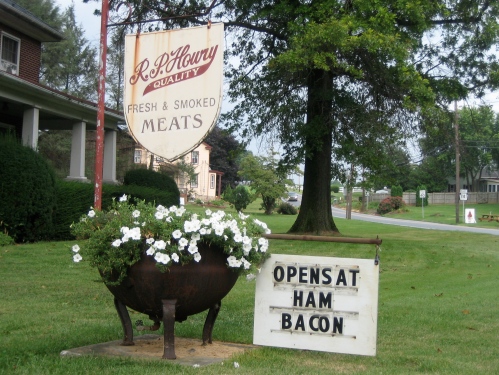
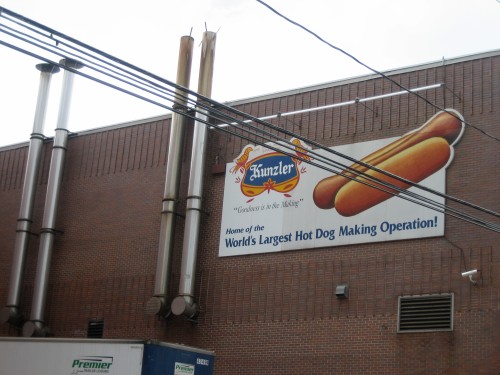
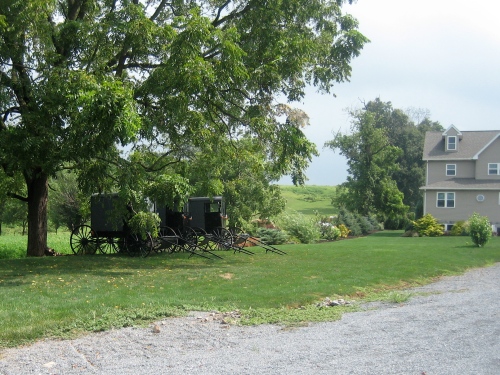

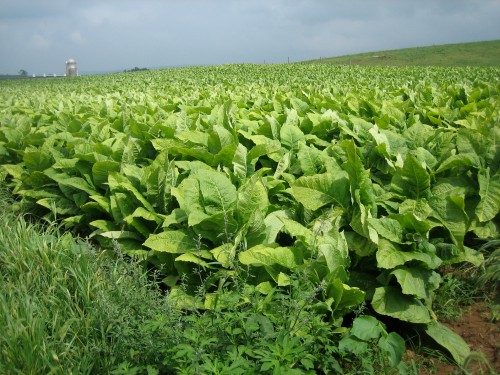

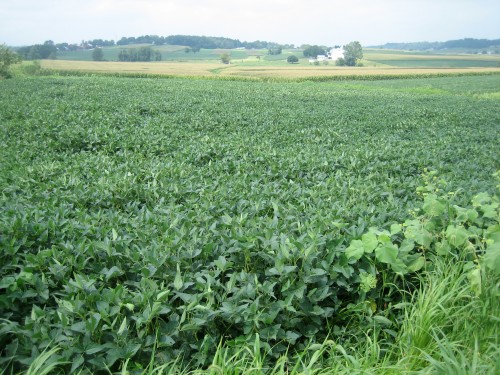
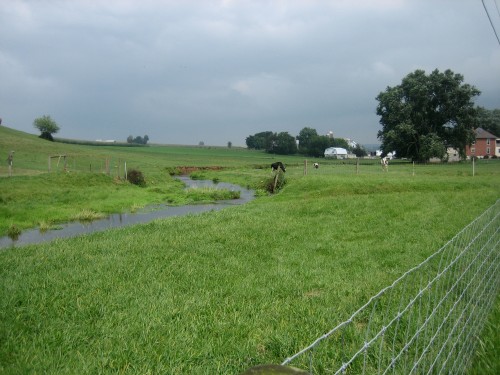






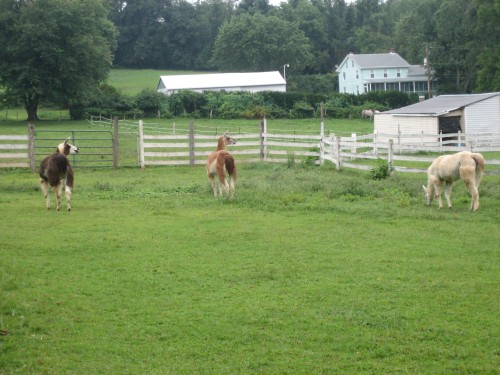









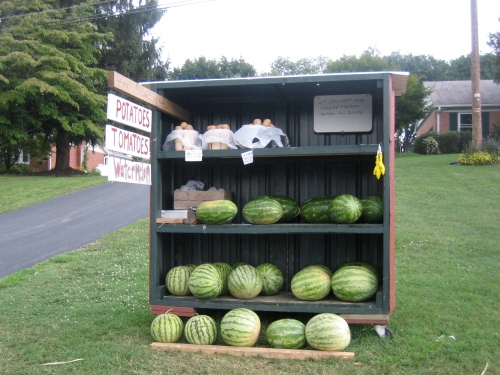




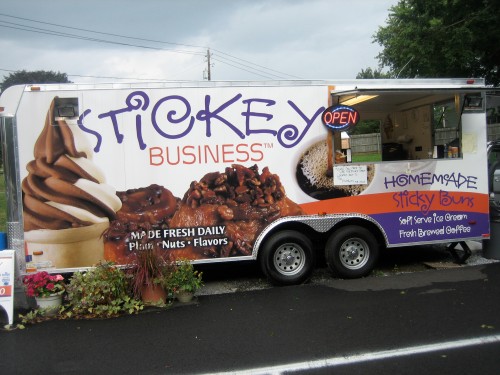

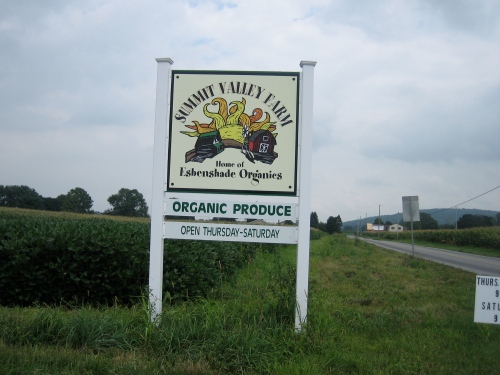



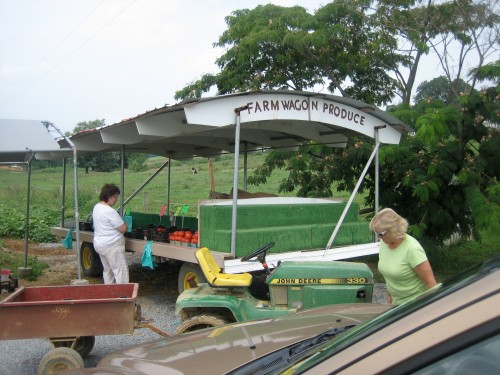



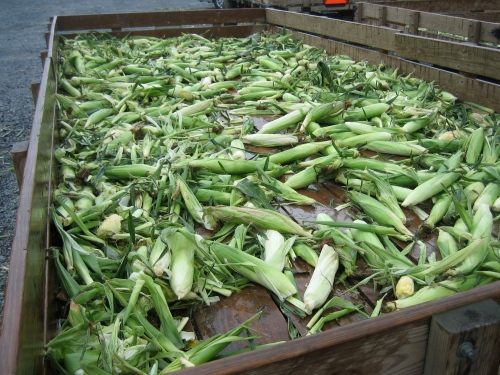


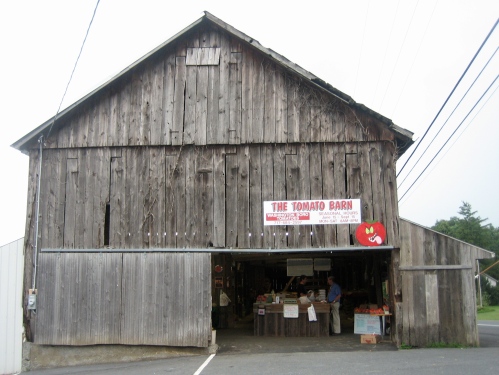



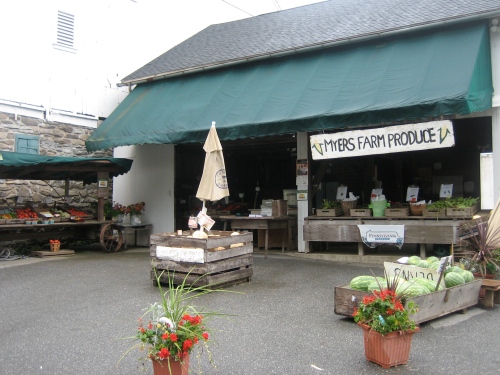



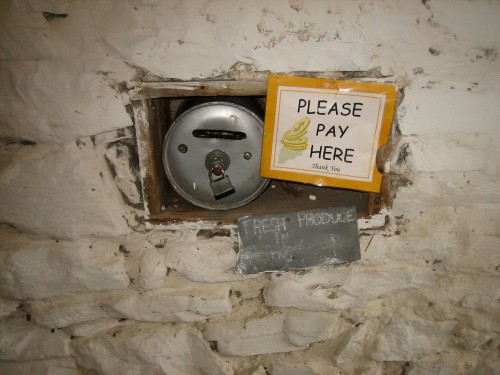



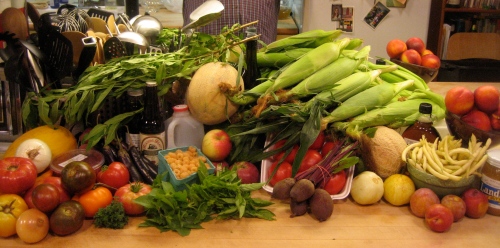


Once again, wonderful post. I really look forward to your trips. I also really enjoyed the post script. It was a very interesting angle. Thanks!
Very engaging post, Steve, including the postscript. Thanks for sharing your trip to beautiful Lancaster with us, and for making us think.
Steve,
Your tie-in of the Amish to the mosque controversy was very well stated.